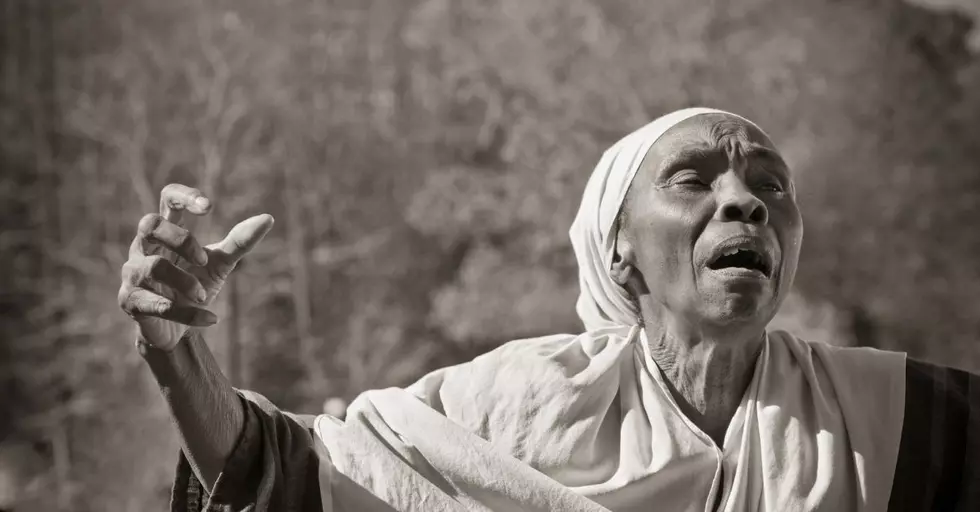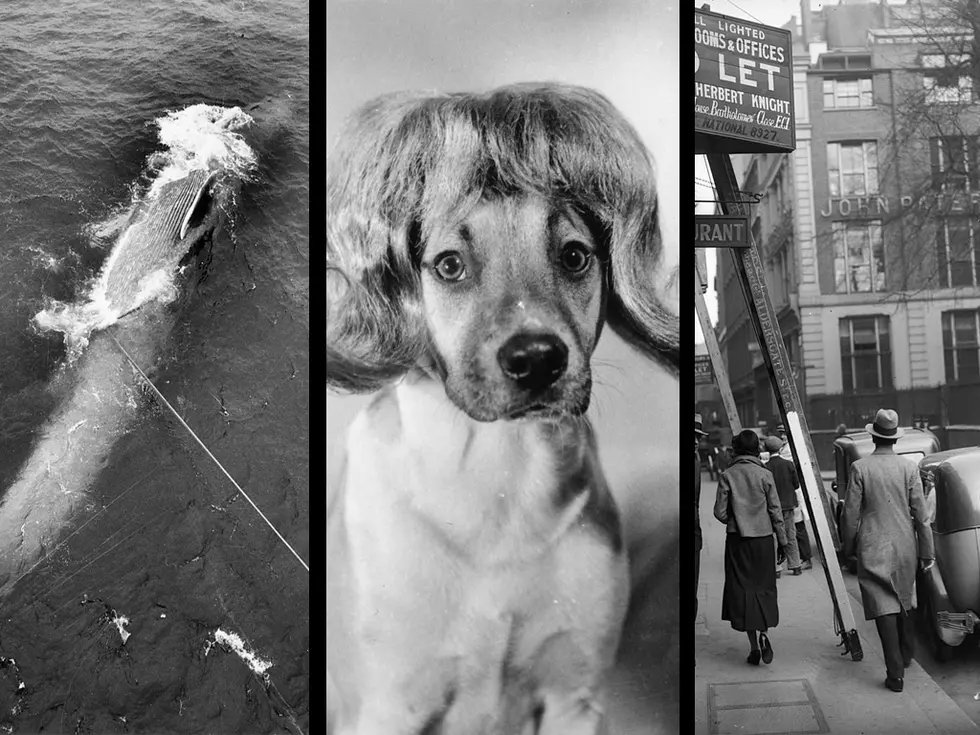
Before Dying at Little Bighorn, Custer Committed Massacre in Oklahoma
When most people hear "General Custer," they typically recall the stories and events that led up to his famous death at the Little Bighorn.
Most of his history prior to that is widely unknown, but his long tale has a short chapter that took place in Oklahoma.
Regarded as a good fighter and leader during the American Civil War, it's his exploits during reconstruction that the West Point graduate arrived on the plains ready for his new fight with America's oldest enemy.
This story starts with the creation of the 7th US Cavalry.
The Civil War was so brutal and deadly that Union cavalry forces had been cut to shreds. With partial units spread far and wide, the government opted to condense its mounted resources into four new regiments in 1866.
Post-war, Custer's rank was reassigned and he was named second in command of the 7th US Cavalry as a Lieutenant Colonel... at the time, he was posted to Fort Riley, Kansas on the outskirts of American civilization.
At this point in time, the American Indian Wars had been raging for some 250 years. As the country expanded west, posting the military in the wilds of America seemed like the only way to curb the clash of cultures.
Call in the cavalry.
I'm going to assume that you're at least somewhat familiar with the typical skirmishes between Native American tribes and American settlers that have been so popular in Hollywood history for the last hundred years. While the context of those stories varies greatly depending on the viewpoint you peer from, it's somewhat accurate.
White settlers arrive at an ideal location to homestead... the landowners have a problem with it... Native Americans didn't have the technology to build cages to house those immigrants in at the time so guns, knives, and arrows would suffice.
While this story happened all over the plains states at some point in America's history, after the Civil War, they called in the cavalry if all else failed.
It was due to a complicated misunderstanding.
Skirmishes had broken out in Kansas after the terms of the Medicine Lodge Treaty were understood differently by the two involved parties.
The collective southern plains tribes signed an agreement to move to Indian Territory under the promise they could still travel to hunt their traditional and ancestral lands "as long as there was sufficient buffalo to justify the chase."
The US government spent so much time eradicating the American buffalo they thought the tribes would be forced to remain in Indian Territory for good, but tribal hunting parties went out as agreed and clashes happened.
Two sides to the story.
In 1867, Custer and the 7th Cav were tasked with patrolling the area hoping they could either prevent more bloodshed or spill more blood of those they felt were responsible, but the regiment quickly fell on hardships.
Supplies were limited on the plains. Trekking hundreds of miles through bleak landscapes with overbearing weather was enough to cause soldiers to desert their duties... an act that brought quick and brutal punishment at the hands of Lt Col Custer. Even worse, it appeared the US Army had zero effect in curbing the violence.
The official government history still says "war parties" allied between tribes specifically to terrorize settlers across the Kansas border. The other side insists they were hunting parties who were attacked and forced to defend themselves.
Neither version changed what happened next.
In response, the government came up with an idea to establish a permanent supply and wintering fort nearly halfway between Fort Dodge, Kansas, and the area of Indian Territory where these tribes were settled.
The new installation would eventually become Fort Supply, Oklahoma.
Right out of the gate.
By 1868 as tensions continued to rise, Fort Supply was quickly put into action just weeks after completion. The very first campaign of the 7th Cav was to put to the task of finding the "war party" responsible for the settlement raids.
At the time Lt Col Custer was serving a court-martial sentence of reduced rank and pay for conduct unbecoming an officer, guilty of being AWOL, and his "unmerciful treatment of deserters," but since he was so highly regarded as a leader thanks to his impeccable service during the Civil War, he was the Army's first pick tasked to find these rumored war parties and "solve" what the US deemed a problem.
The Battle of Washita River.
The exact same day Custer was given this mission, his scouts stumbled onto the trail of what history still says was a war party. They followed it until they reached the Southern Cheyenne winter encampment of Black Kettle along the Washita River that night.
Ever the tactician, Custer divided his force into four columns under the cover of darkness and surrounded the camp. As soon as daylight broke, the 7th Cavalry attacked.
It would forever be known as the Battle of Washita River.
Two more sides to the story.
Officially the record of the US Army, Custer reported that his 7th Cavalry successfully tracked and killed 103 warriors in his daybreak raid, but after sensing a little bravado, Army officials decided to look further into the results.
After questioning every surviving man in the 7th Cav ranks, the investigation revealed a different story even the Army had to cover up.
Custer's 7th Cavalry successfully killed 13 Cheyenne warriors, two Sioux warriors, and one Arapahoe warrior who came to aid the Cheyenne during the battle. These are the warrior deaths that could be accounted for.
The 124 additional deaths were made up mostly of women, children, and elderly tribal men.
It was a massacre.
Under Custer's order, the 7th Cavalry took what loot they could carry and burned the rest of the village. They even shot nearly 700 of the tribe's ponies and horses, keeping just enough to transport their surviving prisoners back to Fort Supply.
When his sworn exploits were discovered to be somewhat untrue, the army sold it as a win to Washington earning Custer a reinstatement of his high reputation as a supreme military leader.
Shortly after, his duties carried him to Yellowstone and his famously early death at the Little Bighorn. That story you already knew, but now know it actually began in modern-day Oklahoma.
16 Incredible Places You Have Experience At Least Once In Oklahoma
Gallery Credit: Kelso
More From KZCD-FM









